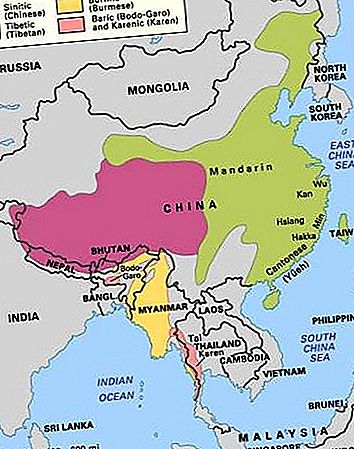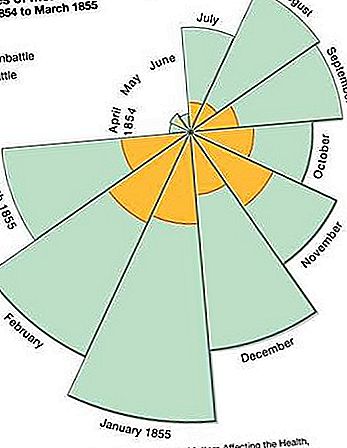Sino-Tibetan languages,group of languages that includes both the Chinese and the Tibeto-Burman languages. In terms of numbers of speakers, they constitute the world’s second largest language family (after Indo-European), including more than 300 languages and major dialects. In a wider sense, Sino-Tibetan has been defined as also including the Tai (Daic) and Karen language families. Some scholars also include the Hmong-Mien (Miao-Yao) languages and even the Ket language of central Siberia, but the affiliation of these languages to the Sino-Tibetan group has not been conclusively demonstrated. Other linguists connect the Mon-Khmer family of the Austroasiatic stock or the Austronesian (Malayo-Polynesian) family, or both, with Sino-Tibetan; a suggested term for this most inclusive group, which seems to be based on premature speculations, is Sino-Austric. Yet other scholars see a relationship of Sino-Tibetan with the Athabaskan and other languages of North America, but proof of this is beyond reach at the present state of knowledge.
Sino-Tibetan languages were known for a long time by the name of Indochinese, which is now restricted to the languages of Vietnam, Laos, and Cambodia. They were also called Tibeto-Chinese until the now universally accepted designation Sino-Tibetan was adopted. The term Sinitic also has been used in the same sense, but also as below for the Chinese subfamily exclusively. (In the following discussion of language groups, the ending -ic, as in Sinitic, indicates a relatively large group of languages, and -ish denotes a smaller grouping.)
Distribution and classification of Sino-Tibetan languages
Distribution
Sinitic languages
Sinitic languages, commonly known as the Chinese dialects, are spoken in China and on the island of Taiwan and by important minorities in all the countries of Southeast Asia (by a majority only in Singapore). In addition, Sinitic languages are spoken by Chinese immigrants in many parts of the world, notably in Oceania and in North and South America; altogether there are nearly 1.2 billion speakers of Chinese languages. Sinitic is divided into a number of language groups, by far the most important of which is Mandarin (or Northern Chinese). Mandarin, which includes Modern Standard Chinese (based on the Beijing dialect), is not only the most important language of the Sino-Tibetan family but also has the most ancient writing tradition still in use of any modern language. The remaining Sinitic language groups are Wu (including Shanghai dialect), Xiang (Hsiang, or Hunanese), Gan (Kan), Hakka, Yue (Yüeh, or Cantonese, including Canton [Guangzhou] and Hong Kong dialects), and Min (including Fuzhou, Amoy [Xiamen], Swatow [Shantou], and Taiwanese).

Tibeto-Burman languages
Tibeto-Burman languages are spoken in the Tibet Autonomous Region of China and in Myanmar (Burma); in the Himalayas, including the countries of Nepal and Bhutan and the state of Sikkim, India; in Assam, India, and in Pakistan and Bangladesh. They also are spoken by hill tribes throughout mainland Southeast Asia and central China (the provinces of Gansu, Qinghai, Sichuan, and Yunnan). Tibetic (i.e., Tibetan in the widest sense of the word) comprises a number of dialects and languages spoken in Tibet and the Himalayas. Burmic (Burmese in its widest application) includes Yi (Lolo), Hani, Lahu, Lisu, Kachin (Jingpo), Kuki-Chin, the obsolete Xixia (Tangut), and other languages. The Tibetan writing system (which dates from the 7th century) and the Burmese (dating from the 11th century) are derived from the Indo-Aryan (Indic) tradition. The Xixia system (developed in the 11th–13th century in northwestern China) was based on the Chinese model. Pictographic writing systems, which show some influence from Chinese, were developed within the past 500 years by Yi and Naxi (formerly Moso) tribes in western China. In modern times many Tibeto-Burman languages have acquired writing systems in Roman (Latin) script or in the script of the host country (Thai, Burmese, Indic, and others).













